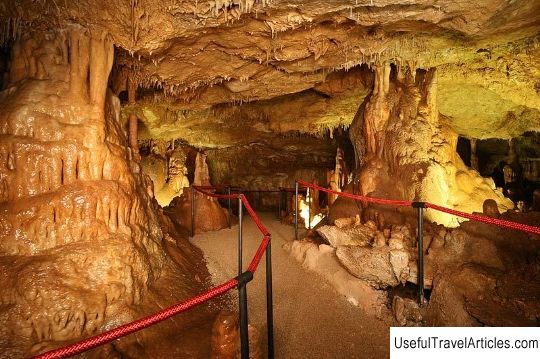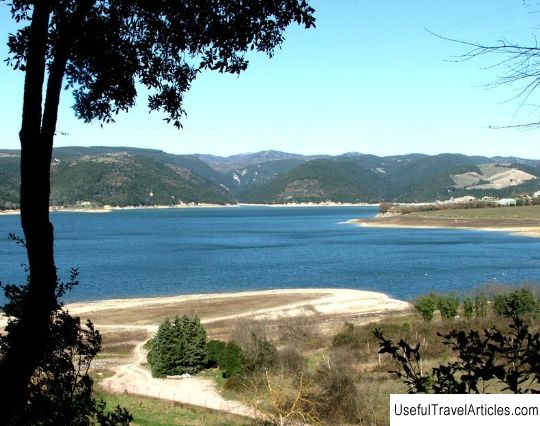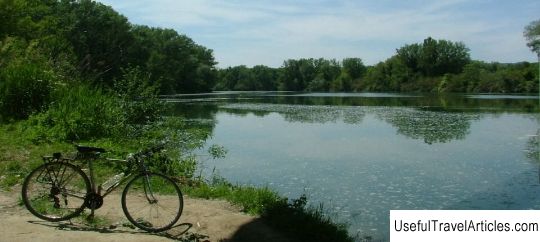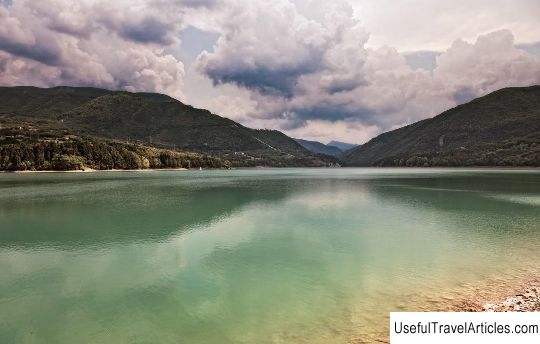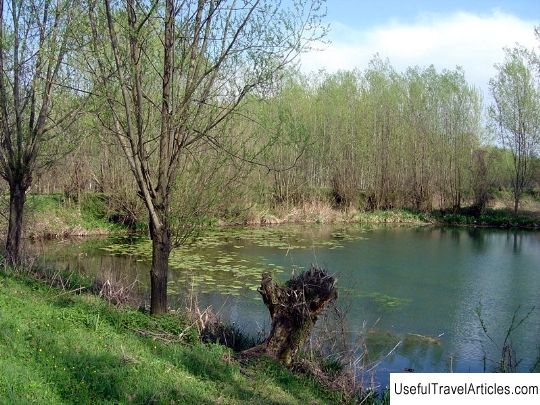Natural Park ”River Tiber” (Parco Regionale del Fiume Tevere) description and photos - Italy: Umbria
Rating: 8,4/10 (1049 votes) 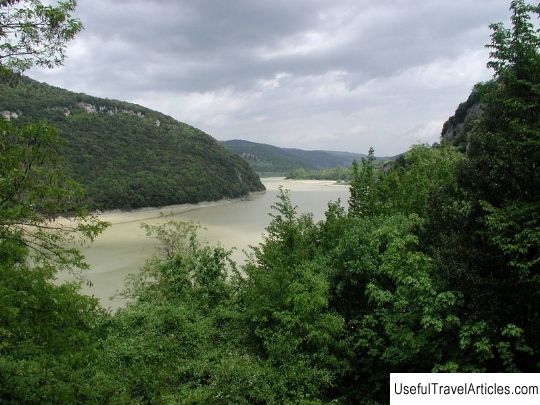
Natural Park "River Tiber" (Parco Regionale del Fiume Tevere) description and photos - Italy: Umbria. Detailed information about the attraction. Description, photographs and a map showing the nearest significant objects. The title in English is Parco Regionale del Fiume Tevere. Photo and descriptionNatural Park "River Tiber" is located, as the name implies, in the valley of the Tiber River, or rather, on both banks of the southern part of the river from the border of the towns of Montecastello di Vibio and Todi to the southern tip of Lake Alviano. The 50-kilometer section of the Tiber was blocked by a dam built in the town of Corbara to generate electricity, thus giving birth to Lake Corbara and the Alviano wetlands. Despite the numerous changes made to the environment by humans, the blockage of the river has contributed to the creation of equally beautiful and ecologically important natural systems. The abundance of water resources allows the cultivation of grapes and olives here. In addition, tourism is highly developed on the territory of the park, primarily ecological. On both sides of the park are interesting medieval Italian towns - Orvieto and Todi. And in the park itself you can visit a number of other, smaller, but no less attractive villages, famous for their cozy atmosphere and breathtaking landscapes. Thus, the "Tiber River" is a real combination of history, art and nature. In the town of Montemolino, the waters of the Tiber flow at such a speed that he was nicknamed "Il Furioso" - Furious. As they approach Todi, they slow down, and already here the river is known as the Tevere Morto - the Dead Tiber. Again picking up speed at Pontecuti, where the banks of the river are overgrown with alder, willow and poplars, and after the confluence with Naya, the Tiber flows for almost 8 km along the Forello gorge. Steep cliffs rising vertically from the water are covered with holly, hornbeam trees, heather, broom and laurel (the latter is especially common in Vallona della Pasquarella). This part of the park is home to buzzards, sparrowhawks and kites. A little further, on the border of Lake Corbara, you can see wild ducks, crested ducks, herons and kingfishers. The waters of the lake itself are home to carps, eels and other fish species, making Corbara a popular holiday destination for fishing enthusiasts. After the dam, the Paglia River flows into the Tiber, and a couple of kilometers later, the Alviano wetlands begin, which have become an important stopping point for thousands of migratory birds. Since the 1990s, this area, which has the status of a reserve, has been under the control of WWF - the World Wildlife Fund. The area along the Tiber has served as an important transport route for hundreds of years. Here you can see traces of human activity dating back to prehistoric times, for example, in the caves of Titignano. Ancient burial sites have been found in Vallone di San Lorenzo and Montecchio, the ruins of an ancient port in Pagliano, and Roman ceramics have been found during excavations in Scopietto. You can order a tour of the Tiber River Natural Park in the town of Montecastello di Vibio. Fishing equipment can be rented in Montemolino. And in Pontecuti, once a fortified outpost, several hiking and cycling trails begin - they start from the Bailey Bridge, built by US troops during the Second World War. There is also a center for canoeing enthusiasts, and a rowing center operates in the town of Basque. Ancient burial sites have been found in Vallone di San Lorenzo and Montecchio, the ruins of an ancient port in Pagliano, and Roman ceramics have been found during excavations in Scopietto.     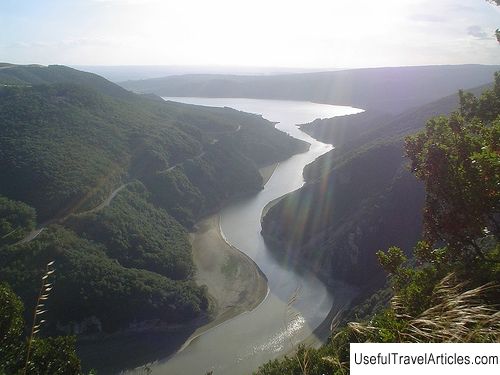 We also recommend reading Monument to a traffic light description and photo - Russia - Siberia: Novosibirsk Topic: Natural Park ”River Tiber” (Parco Regionale del Fiume Tevere) description and photos - Italy: Umbria. |
